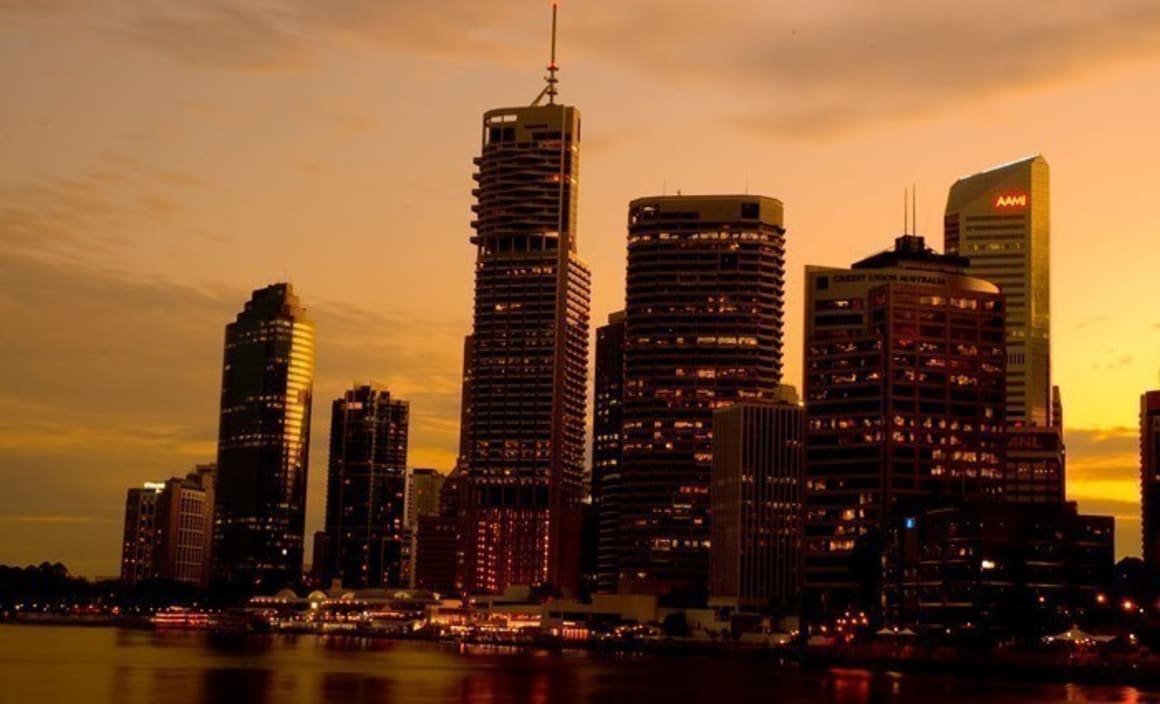This latest move takes the total value of residential dwellings to beyond $6 trillion, an increase of +$1.6 trillion or +36 per cent since June 2012.
The market is now accelerating in the third quarter according to
Alan Oster, Chief Economist of National Australia Bank (you see what I did there?).
Auction clearance rates have again approached record highs again in Sydney, and Oster predicts a substantial +4 percent gain in the harbour city for Q3, as well as +3.5 percent for
Melbourne.
Large capital cities lead
House prices rose by +3.2 percent in Sydney in the June quarter, with attached dwelling prices showing a much steadier trajectory (both up and down) through the course of this cycle in rising by a further +2.0 percent.
After six months of house price declines Sydney's all dwellings index hit a fresh all-time high, being +83.7 percent higher than in December 2008.
Brisbane notched up its sixteenth consecutive quarterly gain with prices rising by +1.1 percent.
Since Q3 2012 prices in Brisbane have recorded a studious recovery to rise by +18 percent, while Adelaide (+13 percent) and Hobart (+13 percent) have followed a similar, if slightly more subdued, trajectory.
In the resources capitals prices have declined since the beginning of 2015 (click charts to expand).

State versus state
At the state level over the year to June the mean price has continued to rise in New South Wales (+$35,400), Victoria (+$31,100), Queensland (+$10,100), and South Australia (+$16,800).
On the other hand the median price in Western Australia has retraced by $37,300 with a notable collapse having taken place up in the Pilbara, and there was also a decline in the Northern Territory mean price of $20,500.
The total value of dwelling stock has increased significantly over the past four years in New South Wales (+$819 billion), Victoria ($+453 billion), and Queensland (+$169 billion).
Supply response
Finally, the total number of residential dwellings increased by +46,900 in Victoria and +40,600 in New South Wales over the 2016 financial year.
There are now more than 9.7 million dwellings in Australia.
Over the past four years Victoria (+7.9 percent) has been far more successful at increasing the total size of its dwelling stock than New South Wales (+4.9 percent).
From a lower base the uplift has been considerably more pronounced in the Northern Territory (+10.4 percent) and the ACT (+10.4 percent).
The wrap
Overall, there were solid price gains in Q2 which generally matched market expectations.
The ABS figures are retrospective, so market participants will be watching the market closely to see whether recent gains are sustained.
In the 2015 calendar year in part due to cooling macroprudential regulatory measures the Sydney auction market softened considerably in the lead up to Christmas, before limping over the line.
There are still a dozen weekends to go yet this year.






